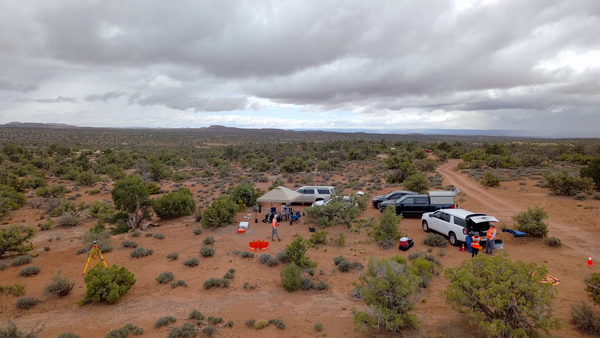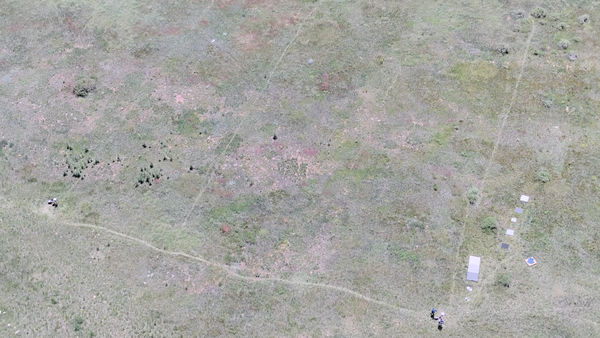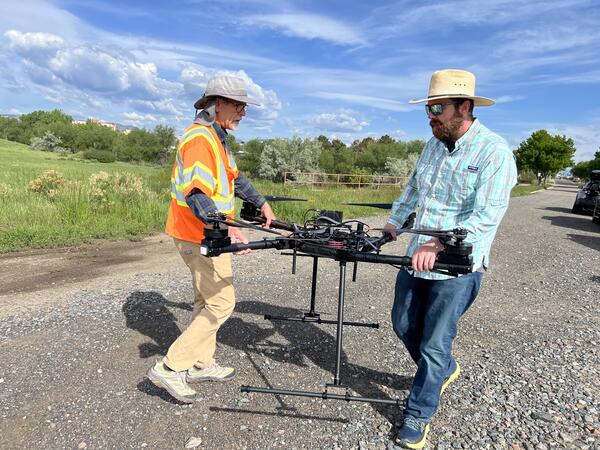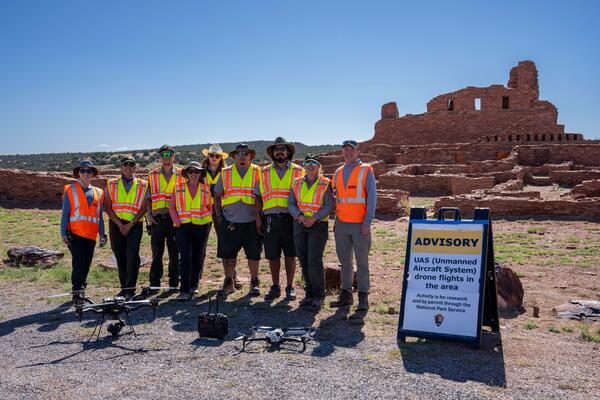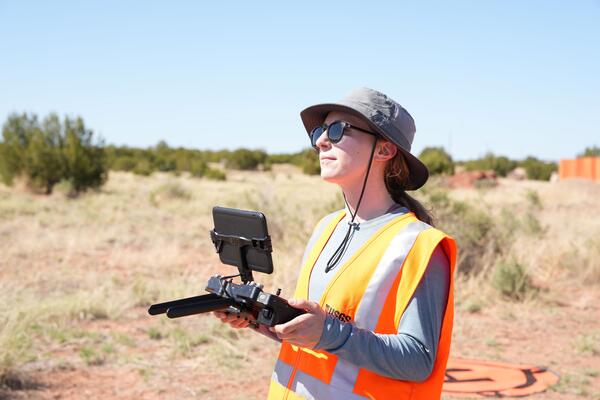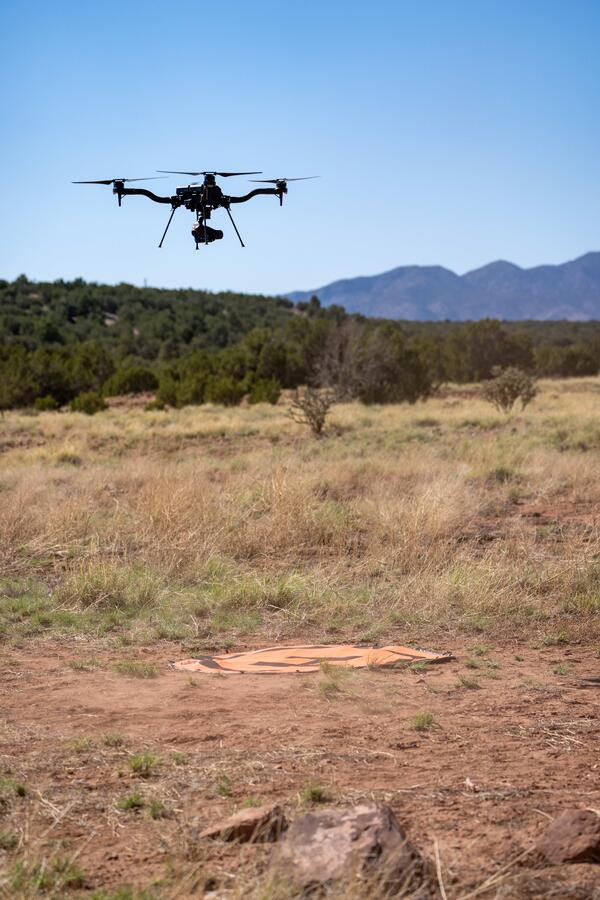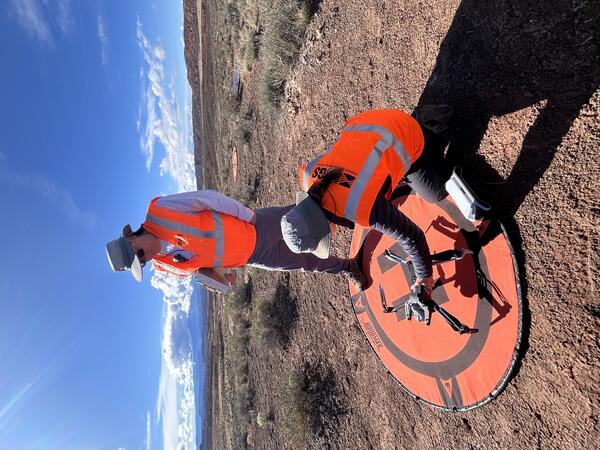B-Roll: Field and drone remote sensing operations near Moab, Utah – May 2025
B-Roll: Field and drone remote sensing operations near Moab, Utah – May 2025In May 2025, the U.S. Geological Survey (USGS) National Uncrewed Systems Office (NUSO) collected uncrewed aircraft system (UAS, also known as drone) data to support a collaborative field campaign led by Sasha Reed of the Southwest Biological Science Center (SBSC) and Miguel Villarreal of the Western Geographic Science Center (WGSC) near Moab, Utah.




